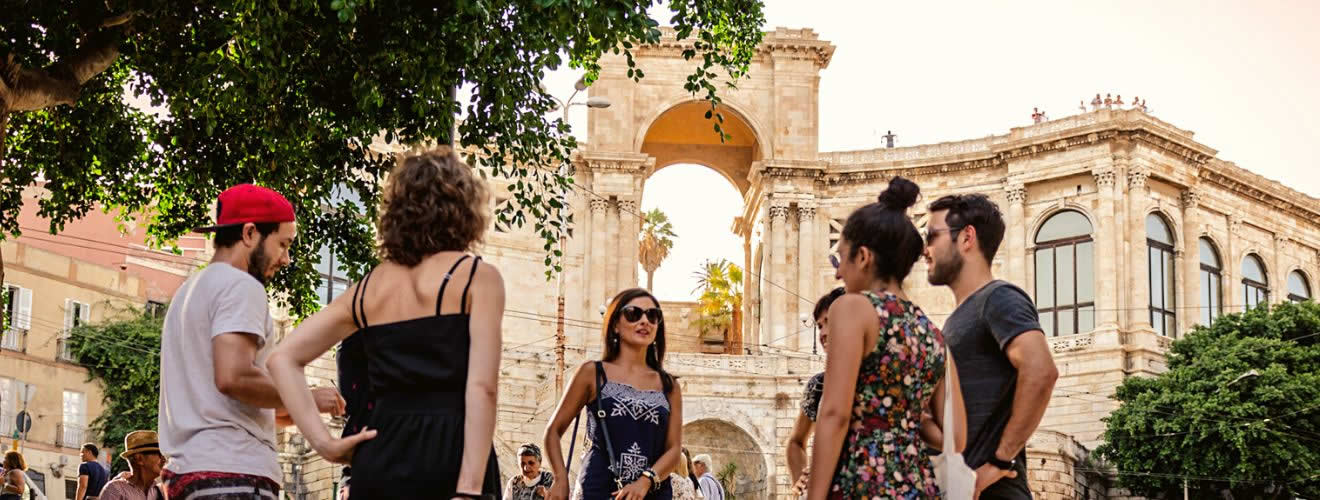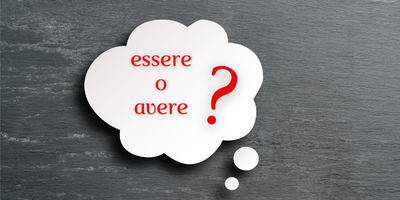Italian Alphabet

The Italian alphabet is made up of 21 letters: 16 consonants 5 vowels Listen to the Italian alphabet: A;a a B;b bi C;c ci D;d di E;e e F;f effe G;g gi H;h acca I;i i L;l elle M;m emme N;n enne O;o o P;p pi Q;q qu R;r erre S;s esse T;t ti U;u u V;v vu / vi […]
Read more



